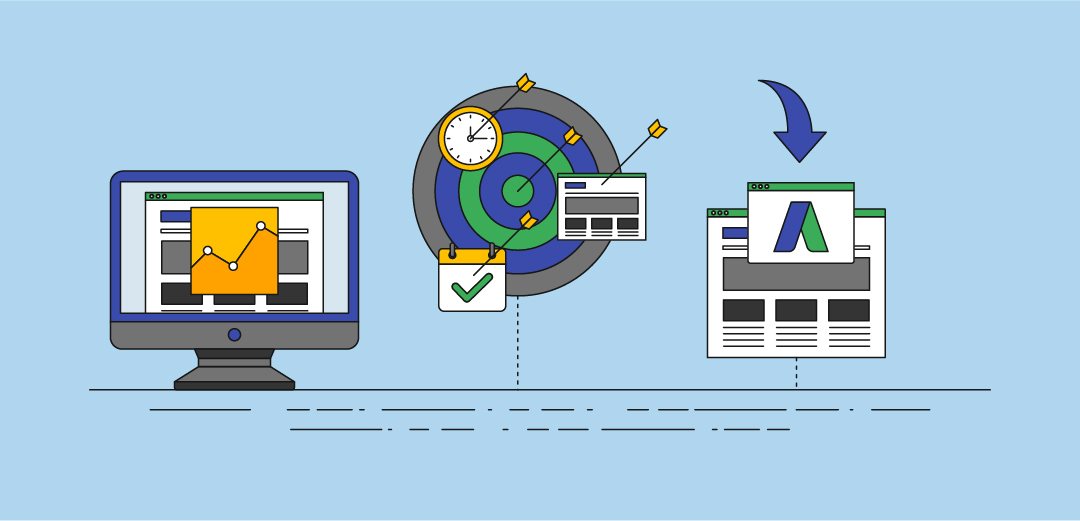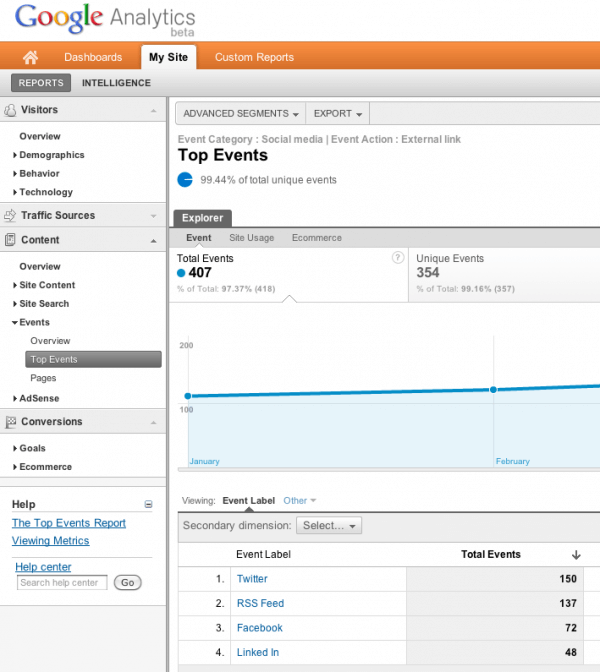What Data Is Google Analytics Goals Unable to Track: Find Out the Limitations
What Data Is Google Analytics Goals Unable to Track: Find Out the Limitations
Blog Article
Debunking Google Analytics Limitations: Uncover What Information Goals Can not Track
In the realm of electronic analytics, Google Analytics stands as a powerful device that provides useful insights into site performance and individual habits. Among its capabilities, there exist limitations that often go unnoticed. Understanding what Google Analytics can not track is crucial for an extensive understanding of information interpretation and decision-making processes. From the details of individual interaction with vibrant content to the intricacies of cross-device customer trips, these limitations clarified areas that might stay obscured from standard analytics perspectives. By unraveling these restrictions, a clearer image arises, permitting even more educated strategies and refined understandings into user engagement and conversions.

Individual Interaction With Dynamic Web Content
Individual interaction with dynamic material plays a critical function in recognizing individual actions on websites and enhancing the general individual experience. By tracking customer communications with vibrant material, internet site owners can obtain beneficial insights right into customer involvement, preferences, and habits - what data is google analytics goals unable to track.
Google Analytics supplies numerous tools to track individual interactions with dynamic web content, such as event tracking and online pageviews. Occasion monitoring permits you to keep an eye on specific user actions, like clicking a switch or viewing a video, providing information on exactly how individuals connect with vibrant aspects.
Cross-Device Customer Journeys
Just how can contemporary analytics devices track the facility courses users take across several devices in their on the internet trips? Cross-device user trips present a substantial difficulty for monitoring and analyzing customer habits precisely. As individuals connect with applications or sites utilizing numerous gadgets such as desktops, mobile phones, and tablets, it becomes critical to understand just how they relocate between these platforms to enhance customer experience successfully.
Google Analytics faces limitations in tracking cross-device customer trips as a result of privacy issues and technological constraints - what data is google analytics goals unable to track. While it can offer understandings into specific devices' interactions, tracking a smooth customer journey across multiple devices stays a challenge. This limitation can result in incomplete data and fragmented customer insights, making it challenging for businesses to produce a unified sight of the consumer journey
To address this problem, services can use innovative analytics tools that use cross-device tracking capacities, permitting them to get a more alternative understanding of user actions. By leveraging these tools, businesses can connect the gap in tracking cross-device customer trips and optimize their electronic approaches for a seamless user experience.
Offline Conversions and Attribution
As businesses browse the challenges of tracking cross-device user journeys, another essential element to think about is the realm of offline conversions and attribution in the world of data analytics. While Google Analytics supplies useful understandings right into on the internet individual habits, it falls short when it comes to tracking conversions that happen offline. This limitation positions a significant difficulty for businesses that have both online and offline sales channels.
Offline conversions, such as acquisitions made in physical stores or via phone call facilities, are vital to understanding the full consumer journey. Without the capability to associate these offline conversions to certain on the internet communications, organizations might have a hard time to properly measure the effect of their digital advertising efforts.
To address this gap, companies can discover alternative options such as incorporating CRM systems with on-line analytics devices or using one-of-a-kind promotion codes that can be traced back to on-line campaigns. By linking the void between online and offline data, services can gain an extra detailed understanding of their customers' behavior and boost their total marketing techniques.
Person Individual Recognition
In the realm of data analytics, the ability to accurately identify individual customers throughout various on-line touchpoints is an essential difficulty for companies seeking to individualize and optimize their advertising methods. While Google Analytics provides useful insights right into customer behavior and interactions, it falls brief in allowing the identification of details people because of personal privacy issues and technological restrictions. Google Analytics uses one-of-a-kind identifiers such as cookies to track customer sessions and actions, yet these do not correspond to determining specific users in a personal feeling.

Data From Secure Pages
In spite of the boosting occurrence of safe and secure pages on websites, obtaining data from these encrypted sources offers an unique challenge for electronic analytics systems like Google Analytics. Safeguard web pages, see this page shown by HTTPS in the URL, secure data traded between the customer's browser and the website's server to make sure personal privacy and safety. While this file encryption is essential for securing sensitive details, it also poses restrictions for tracking user actions and event analytics information.
Google Analytics deals with obstacles in collecting comprehensive info from secure pages due to the file encryption procedures in place. Consequently, particular information points such as referral resources, keyword searches, and even some individual interactions may not be completely caught when customers access a site through a secure link. This restriction can influence the precision and efficiency of the information analysis, resulting in voids in recognizing user actions and preferences on protected pages.
To browse this obstacle, digital experts may require to discover alternate monitoring methods or utilize other tools particularly created to gather insights from safe and secure web pages. By adjusting strategies to fit these limitations, companies can still obtain valuable analytics in spite of the restraints presented by encrypted connections.
Conclusion
In final thought, Google Analytics has limitations in tracking individual interaction with vibrant material, cross-device individual journeys, offline conversions, specific customer identification, and information from secure web pages. In spite of its useful insights, Google Analytics might not provide a complete picture of customer involvement across various touchpoints.
User interaction with dynamic content plays a crucial function in comprehending individual actions on websites and enhancing the overall customer experience. this page By tracking individual Check This Out communications with vibrant material, internet site proprietors can get beneficial understandings into customer interaction, choices, and habits.
Google Analytics utilizes one-of-a-kind identifiers such as cookies to track customer sessions and habits, but these do not correspond to recognizing individual customers in a personal feeling.
As a result, particular data points such as recommendation resources, keyword searches, and even some customer interactions might not be totally caught when individuals access a web site through a protected connection.In verdict, Google Analytics has limitations in tracking individual interaction with dynamic material, cross-device user trips, offline conversions, private user recognition, and information from safe pages.
Report this page